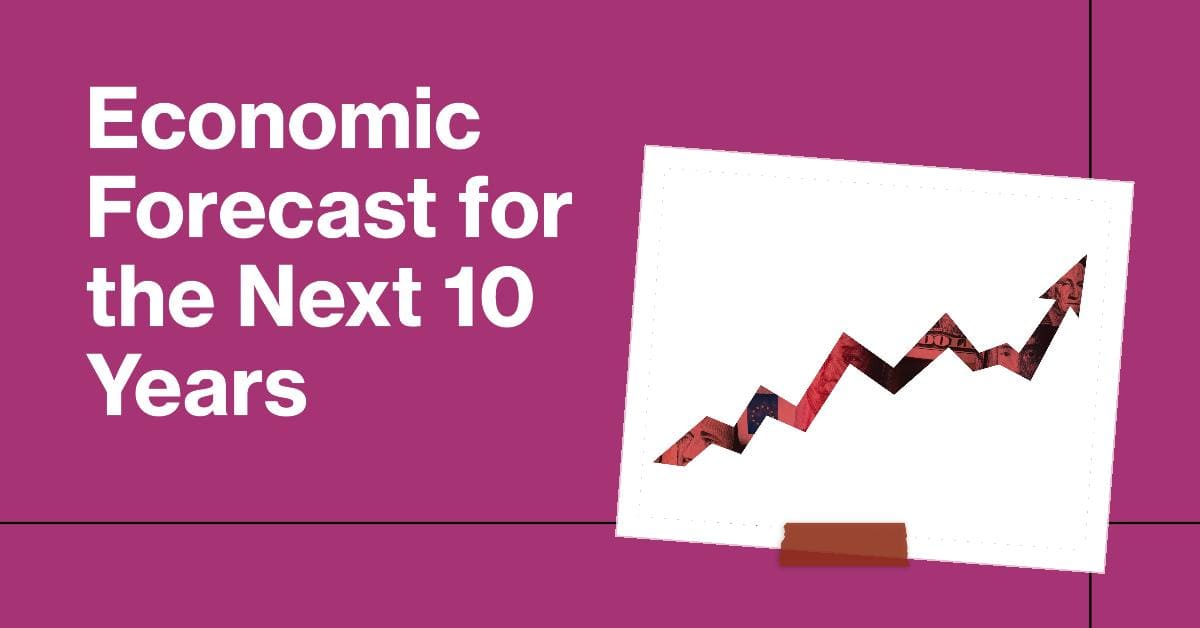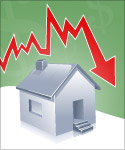The US Economic Forecast: A 2024-2034 Overview
As we navigate through 2024, the economic landscape of the United States presents a complex and multifaceted picture, shaped by various factors ranging from fiscal policies to global economic trends. Looking ahead into the next decade, projections suggest a period of moderate growth, with certain challenges that could influence the economic trajectory.
Congressional Budget Office Projections
According to the Congressional Budget Office (CBO), the federal budget deficit is expected to total $1.6 trillion in fiscal year 2024, with a slight increase to $1.8 trillion in 2025 before returning to $1.6 trillion by 2027. These deficits are projected to steadily rise, reaching $2.6 trillion by 2034. This trend signifies a growing gap between government expenditures and revenues, which could have long-term implications for the nation's financial health.
Debt held by the public is another critical aspect of the economic forecast. It is anticipated to rise from 99 percent of GDP at the end of 2024 to a record 116 percent of GDP by the end of 2034. Such levels of debt relative to GDP have not been seen since periods of major economic upheaval, such as World War II and the 2007-2009 financial crisis.
Economic Growth and Inflation
On the growth front, real GDP is expected to slow down in 2024, influenced by factors like increased unemployment due to tight monetary policy. However, a rebound is projected for 2025 as the Federal Reserve is expected to lower interest rates in response to the economic conditions of 2024. This adjustment could serve as a stimulus for economic activity, fostering a more favorable environment for growth.
Inflation, which has been a significant concern in recent years, showed signs of slowing in 2023. The CBO projects that it will continue to decelerate in 2024, aligning with the Federal Reserve‘s long-term goal of 2 percent, before experiencing a slight uptick in 2025. Managing inflation will remain a key focus for policymakers as they strive to maintain economic stability.
Labor Market and Immigration
The labor market is set to experience shifts as well. The CBO estimates a slowdown in payroll employment growth in 2024, with the unemployment rate expected to rise through early 2025. Wage growth is projected to slow down in the near term but remain above its pre-pandemic average through 2034. These labor market dynamics will be crucial in shaping the overall economic outlook.
Immigration is projected to play a significant role in the economic forecast. The CBO has increased its projection of the labor force size by 5.2 million people by 2033, primarily due to higher projected net immigration. This influx could contribute to the growth of the labor force, potentially offsetting some of the challenges posed by an aging population.
Conclusion
Overall, the US economic forecast for the next decade indicates a period of adjustment and moderate growth, with the potential for both opportunities and challenges. Fiscal responsibility, monetary policy adjustments, and demographic changes will be key factors influencing the economic landscape from 2024 to 2034.
For a more detailed analysis, the full reports by the Congressional Budget Office provide comprehensive insights into the budget and economic outlook for the United States over the next ten years. These documents offer valuable information for policymakers, economists, and anyone interested in the future of the US economy.
Disclaimer: The information provided above is based on projections and should be considered as part of a range of possible outcomes. Economic forecasts are subject to change due to new data and unforeseen events. It is always recommended to consult multiple sources and expert analyses when considering economic trends.




